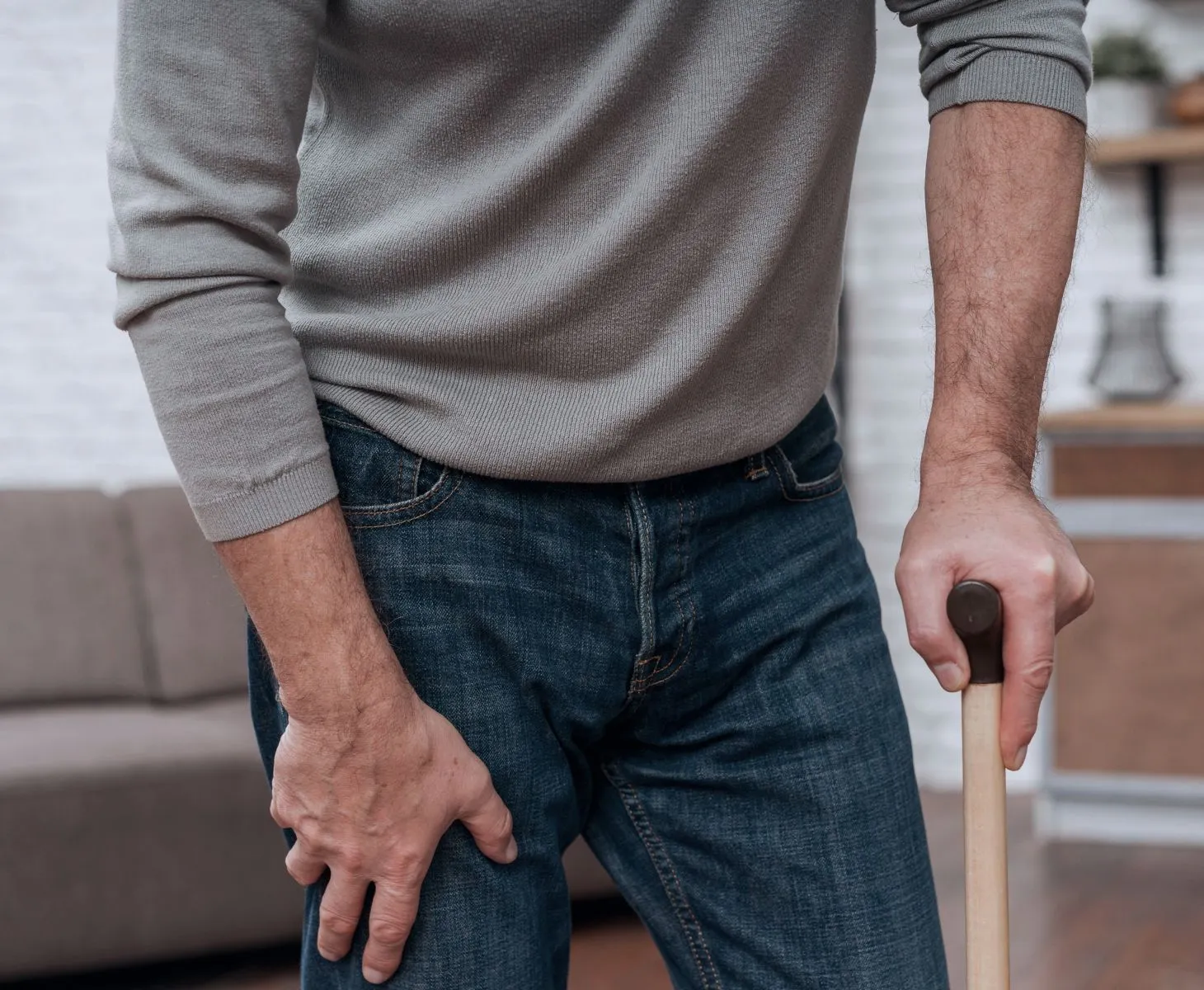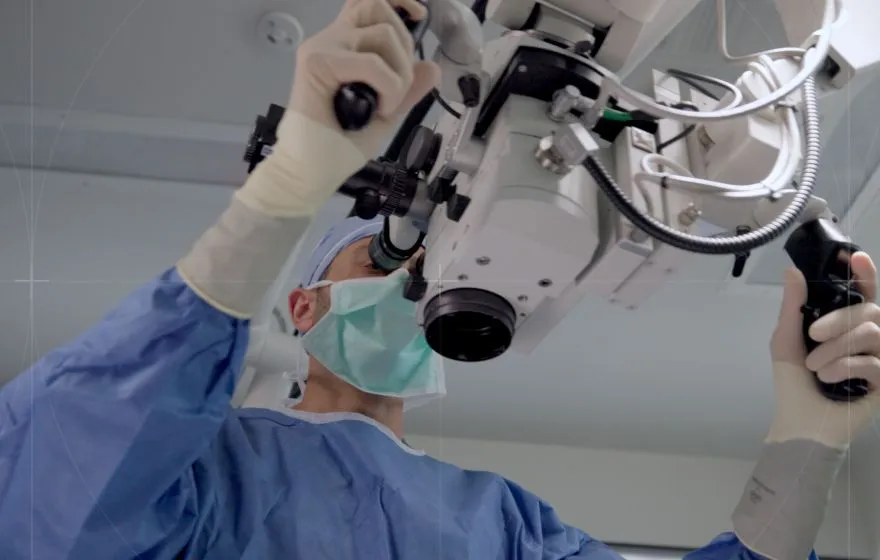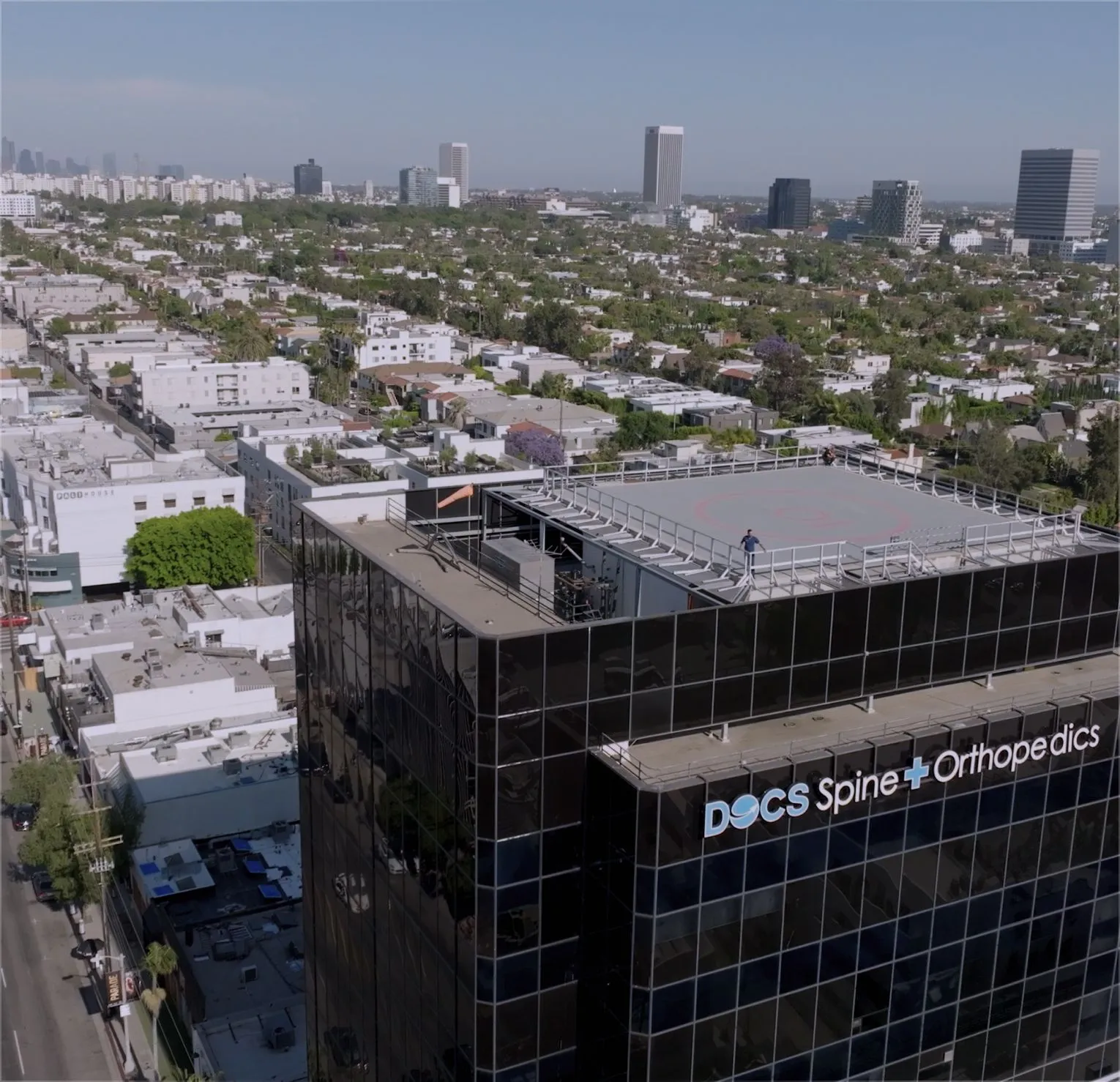




Flatback Syndrome Surgery in Los Angeles
Restore your natural spine alignment, reduce pain, and reclaim your posture with expert flatback syndrome surgery.







WHAT IS flatback Syndrome?
Flatback syndrome is a spine condition where the natural curve of the lower back (lumbar lordosis) is lost, causing difficulty standing upright and chronic pain. This loss of curvature often leads to a forward-leaning posture, muscle fatigue, and nerve irritation. Flatback syndrome can develop due to degenerative disc disease, prior spine surgeries, or spine deformities.
Dr. Parham Yashar, regarded as one of the best spine deformity and reconstruction surgeons in Los Angeles, offers advanced surgical correction techniques designed to restore the natural curvature and balance of your spine while minimizing recovery time. Our Beverly Hills facility is equipped with state-of-the-art technology to support precise and effective treatments.



What Does Flatback Syndrome Surgery Treat?
Flatback syndrome surgery addresses spine deformities and imbalances that cause:
- Loss of normal lumbar lordosis (natural curve)
- Difficulty standing upright or maintaining posture
- Chronic low back pain and fatigue
- Nerve compression symptoms like leg pain or weakness
- Postural imbalance related to previous spine fusion or degeneration

What to expect during Flatback Syndrome Surgery




The procedure is performed under general anesthesia, ensuring complete comfort and safety.




Depending on your unique condition, incisions may be made in the back or side of the spine to access the vertebrae.




Dr. Yashar carefully removes bone or disc material and repositions the vertebrae to restore the lumbar curve and spinal balance.




Metal rods, screws, and bone grafts are used to stabilize the spine in the corrected position, promoting solid fusion and long-term stability.




Incisions are closed with care to minimize scarring. Most patients stay in the hospital for monitoring before beginning a supervised rehabilitation plan.




Am I a good Candidate for Flatback Syndrome Surgery?
You may be a candidate for flatback syndrome surgery if you:
- Have a diagnosis of flatback syndrome confirmed by imaging
- Experience difficulty standing upright or maintaining balance
- Suffer from chronic pain or nerve symptoms due to a spinal imbalance
- Have tried non-surgical treatments without lasting relief
- Are in good health to safely undergo reconstructive spine surgery
Dr. Yashar will conduct a comprehensive evaluation, including physical exam and imaging, to determine the best personalized surgical plan for your needs.


FAQs About Flatback Syndrome Surgery
Recovery varies by individual but typically involves several weeks of limited activity followed by physical therapy. Most patients resume daily activities within three to six months.
The goal is to restore spinal alignment as much as possible, which often results in improved posture and reduced pain.
Yes, fusion is a key part of flatback syndrome correction to stabilize the spine after realignment.
As with any major spine surgery, risks include infection, nerve injury, or non-fusion. Dr. Yashar takes every precaution to minimize risks and optimize outcomes.

Where to Find the Best Flatback Syndrome Surgeon in Los Angeles
We provide world-class spine deformity care led by Dr. Parham Yashar, one of the best image-guided neurosurgeons in Los Angeles. Dr. Yashar is dedicated to delivering precision-based, minimally invasive spine surgeries, designing personalized treatment plans tailored to your goals, using advanced imaging and surgical navigation for optimal correction, and offering compassionate care through every phase of your journey.
From your initial consultation through recovery and follow-up, our team ensures you have every resource needed to regain spinal balance, reduce pain, and get back to the life you love. Book your consultation today.





Get in touch today
Please complete and submit the form below and a member of our staff will contact you shortly.




